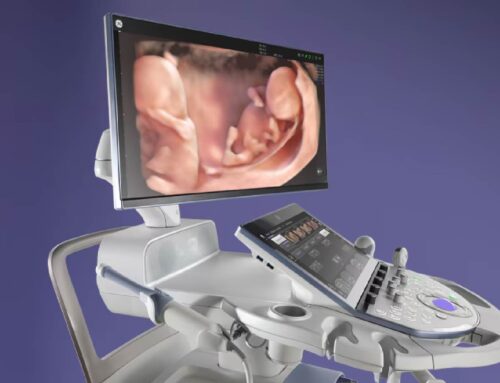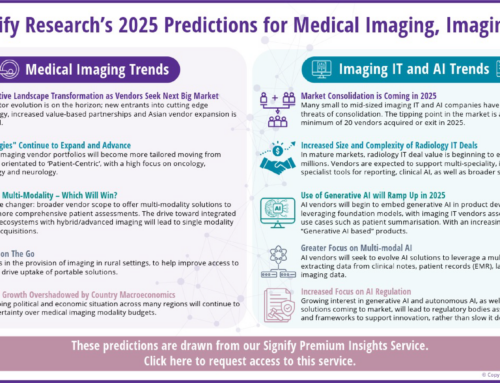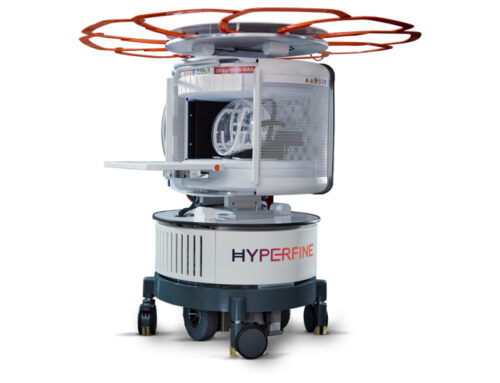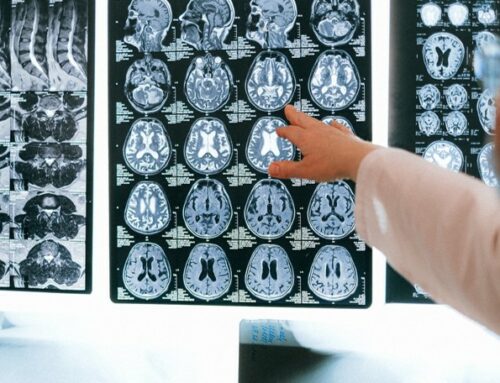By Derek Hartman, content writer at Eon, a Denver-based healthtech company |
You took a minor fall on your morning bicycle ride, and now your ribs hurt. You call your primary care physician, who sends you for X-rays and a chest CT scan to be safe. Turns out that your ribs are only bruised, but the radiologist finds a spot on your lung. This is called an incidental finding, which refers to an abnormality that is discovered incidentally on an imaging exam performed for an unrelated reason. Regardless of how it was found, this spot on your lung can’t be ignored—not by you, your physician, or the radiologist.
Problem is, you’re last on the communication chain, and it’s very easy for an incidental finding to be ignored or miscommunicated. Some incidental findings are malignant and indicate an underlying condition that requires immediate intervention. Many incidentals are benign but may be pre-malignant, so all incidental findings do require longitudinal tracking to detect disease early should it develop later on.
Unfortunately, only 30% of incidental findings receive clinical follow-up, so at-risk patients have the potential of falling through the cracks and not getting potentially life-saving care. What’s more, incidental findings are on the rise because cross-sectional imaging is being ordered at increasing rates, and with 200–300 million imaging exams being performed each year, they’ve caused a major shift in how disease is detected. In the example of that lung abnormality, 1.5 million incidental pulmonary nodules are found each year and are present in roughly 30% of chest CT scans. Once discovered, any incidental finding needs to be properly identified to determine any follow-up care as determined by evidence-based guidelines. So why are 70% of incidental findings not getting proper follow-up?
Because until recently, health care professionals didn’t have the right tools to do better. The technology was not sophisticated—basically Excel spreadsheets requiring their constant input and oversight, which proved time-consuming and challenging. This workflow didn’t always happen correctly and patients were effectively lost. Then, after identification may have occurred, it took hundreds of hours for medical staff to manually sort through data and patient worklists, communicate next steps to patients and providers in a timely manner, and track patients and exams using just a spreadsheet. It was too easy for patient leakage to result.
Some healthcare technology companies set out to solve this problem. Recent advancements in data science, artificial intelligence (AI), and software technology have greatly improved the identification and tracking of incidental findings. Healthcare technology has experienced enormous leaps forward that are improving patient outcomes across many diseases. Now radiology departments have different AI models to choose from, which extract pertinent data from imaging exams like CT scans so that radiologists can properly identify abnormalities and intervene accordingly.
A commonly used model is basic Natural Language Processing, offered by many incidental identification software vendors. Natural Language Processing is a brute-force, text-scraping technique that requires structured reporting and only identifies keywords through the use of macros that radiology staff must manage. With Natural Language Processing, in order to achieve a higher recall, or reduced false negatives, you have to sacrifice precision, which ultimately results in a high number of false positives. Several studies show recall in the 90% range, but the precision drops as low as 59% in some of them. To mitigate this, medical staff are still required to spend hours “sorting through the noise,” manually evaluating reports, all false positives, all false negatives, and making the proper corrections.
The most accurate incidental identification model is Computational Linguistics, which is an advanced linguistics approach to data science and AI. Healthcare technology company Eon is the only vendor to use Computational Linguistics in its software solutions, which creates superior data science models for specific diseases including lung, thyroid, pancreas, and breast. Unlike Natural Language Processing, Computational Linguistic models actually have the ability to understand and interpret complex text similar to how the human brain does. In addition, Computational Linguistics is superior to Natural Language Processing because of how its models are built to overlay on complex knowledge graphs.
Computational Linguistics does not sacrifice precision for recall—the precision rate is 98% and recall rate is 99%. Computational Linguistics also has the industry’s highest accuracy rates for incidental findings capture—98.3% for incidental pulmonary nodules, 93.9% for pancreatic cysts, and over 95% for incidental breast findings. It extracts critical information from radiology reports such as nodule size, location, and nodule characteristics, while reducing the unnecessary noise that Natural Language Processing creates with incorrect data. It works in the background and does not require radiologists to use a macro or other key phrase, so it doesn’t interrupt radiologist workflow. Eon has developed its Computational Linguistics models for multiple disease states, including lung, pancreas, thyroid, aortic aneurysms, adrenal, renal, liver, and breast.
Once an incidental abnormality has been identified and captured, each patient needs to be tracked for their follow-up care based on the guidelines for the specific disease. This is especially important in some diseases like pancreatic cancer, where any pancreatic cyst has a 70% chance of becoming cancerous over time. That’s why an incidental finding software solution should also provide patient management technology to track patients with incidental findings for all follow-up care. Eon EPM solutions do just that and are the most comprehensive incidental patient management platforms available in healthcare.
After the Computational Linguistics model embedded in a specific EPM solution has positively identified an incidental finding, it adds that data to the EPM dashboard and automates the next steps. Advanced software should also include technology that listens for upcoming exams, triggers alerts if those scheduled appointments were missed, and notifies program staff of patients who are at risk of missing steps in their follow-up plan. Software like this means that a facility has everything it needs to longitudinally track patients through all their recommended exams and any other follow-up. This results in hundreds of hours of saved FTE time, as well as increased patient adherence and improved outcomes.
Back to that abnormality on your lung. The radiologist used identification software and evidence-based guidelines to determine that your incidental pulmonary nodule is a small, benign abnormality that requires no follow-up at this time. He communicated this to your physician, and they concurred on the recommendation. Thanks to advances in technology and dedicated health care professionals like your doctor, you know you can trust this recommendation and not worry about anything other than your sore ribs.












